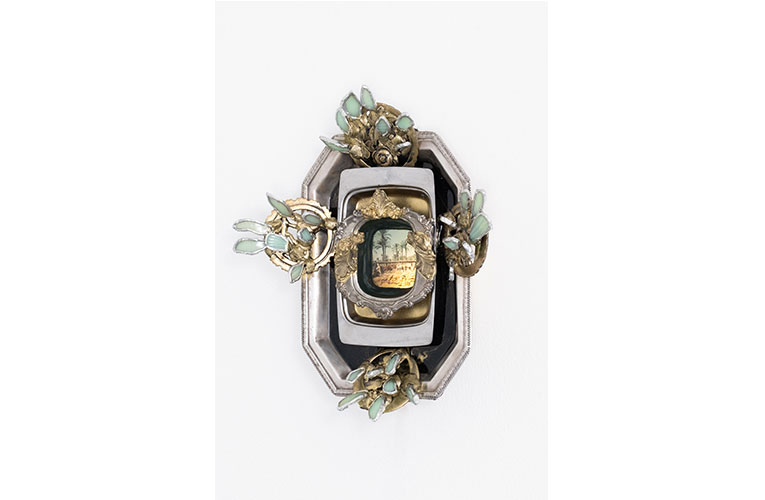As a Creole person I am driven to imagine the past carried in the objects
By Stephané Edith Conradie
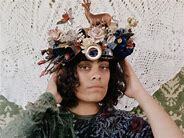
Putting together this exhibition has been an immense privilege. I have learnt so much from the process and I am sure I will carry these lessons with me as I continue to deepen my practice and research.
The exhibition came about because of a growing sense of urgency I felt my parents were gaining as they anticipate and live through their skemer/twilight years.
Currently, my dad is cleaning our roof storage place at home as he wants to start divesting the things we once held dear that have systematically found their way into boxes, forgotten and now being confronted with the task of reacquainting ourselves with our past. This is not only in the tangible materials that my siblings and I are aware of but at almost every family event, we are prodded and probed to think about what we have been taught and why we have chosen certain ways of life.
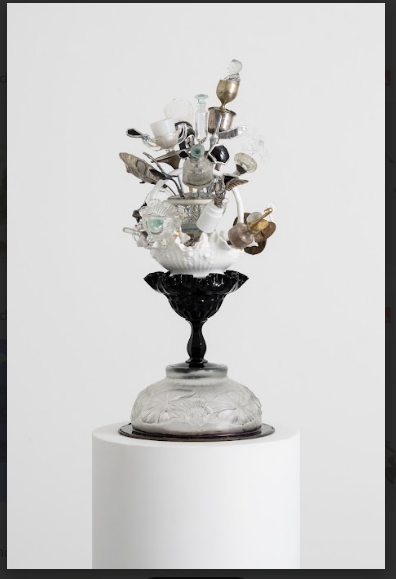
This activity is not always afforded to the next generation, as people around the world and locally too have had to endure forced removals, dislocations and historical migrations that have led to a loss of cultural traditions and tangible heritages.They have only been able to bundle a few of their possessions together. This exhibition allowed me to travel back in time, reflect on the present and think of people groups like my ancestors who came to this land through enslavement, and colonialism and those who had always been here. How did they bundle and prepare their rituals and practices?
For Creole people, like me, who largely have to imagine their past, I have always been interested in the objects that we imbue with our histories and hopes for the future. Because our histories, rituals and practices come to us as fragments, my practice has involved bringing together these imagined and tangible fragments in an attempt to think about what the next generation will accept as inalienable. Scared objects that have been disembodied through death, displacement or migration have been given the aura of mystery and magic because they are able to conjure up our stories. Some possessions only become visible through death and have remained invisible throughout their social lives.
In this exhibition, I have started to use plant matter through the process of eco-printing which my mother taught me and choruses I remember singing in my dad’s church. I thought about the seeds and songs that enslaved women carried with them to new lands, like South Africa,where they were forced to labour. But like the seeds that brought them hope and beauty in their own gardens, there are some invisible practices that we only realise we have carried with us as we transition from one life stage to the next. The next generation needs time to germinate their parents’ traditions or even graft new traditions into old ones or abandon traditions to make way for completely new ones.
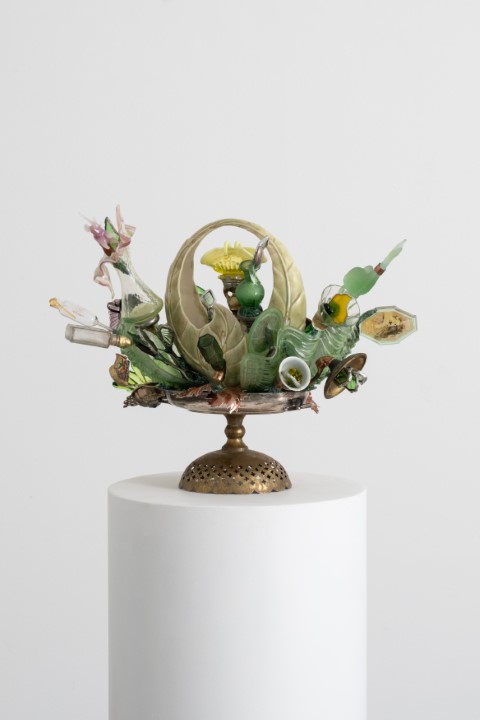
This to me, symbolises my practice, and I draw from the term articulage. This is a term coined bytheorist and artist Masa Lemuwhich combines Stuart Hall’s (1980) writing on articulating with the tinkering practice of bricolage. Stuart Hall’s articulation incorporates connecting various elements together, such as cultural ideas, identities and social forces which might not have normally been linked but have been brought together through strange circumstances. This reconfiguration practically can be likened to bricolage which is the practice of tinkering with what you have at hand to form something new.
But how do you create when you are in a transitory moment, the blinkuur between life and death?
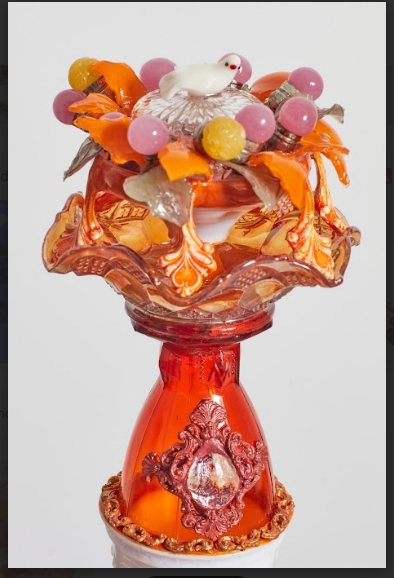
To make the concept of the transitory clearer, I draw from Eriksen’s (2003) thinking of creolisation as creativity where he theorises that creole cultural identities are possibly the most authentically creative cultural identities as they have been dislocated from previous cultural signifiers, rituals and practices and have been coerced into rearticulating themselves. Eriksen describes creole identities as having to “rebuild the ship at sea” (Eriksen 2003:234). Using rebuilding the ship at seaas a guiding metaphor, I have linked this idea to a transitory moment, like the moment in which Blinkuurtakes place. But how can this transitory moment be made visible, like the tangible visual manifestation of the rearticulated ship?
In this exhibition, the blinkuur is my attempt to articulate, germinate and bundle signposts for the next generation of Creole generations like myself who find themselves trying to process what they will accept or reject or what they will combine anew.
I hope you all enjoy the exhibition and thank you once again for coming.
.This is an edited speech by the award-winning artist Stephané Edith Conradie at the opening of her exhibition titled Wegwysers Deur Die Blinkuurat Standard Bank Gallery on Saturday.










